geotextile
Geotechnical materials for separation, filtration-drainage, and soft soil reinforcement
Geotextiles are geotechnical materials made from high-strength synthetic polymer fibers (Polyester/Polypropylene). Geotextiles possess high mechanical strength, excellent reinforcement and load-bearing capacity, and effective filtration and drainage. They are primarily applied in construction projects and technical fields such as irrigation, transportation, and environmental engineering.

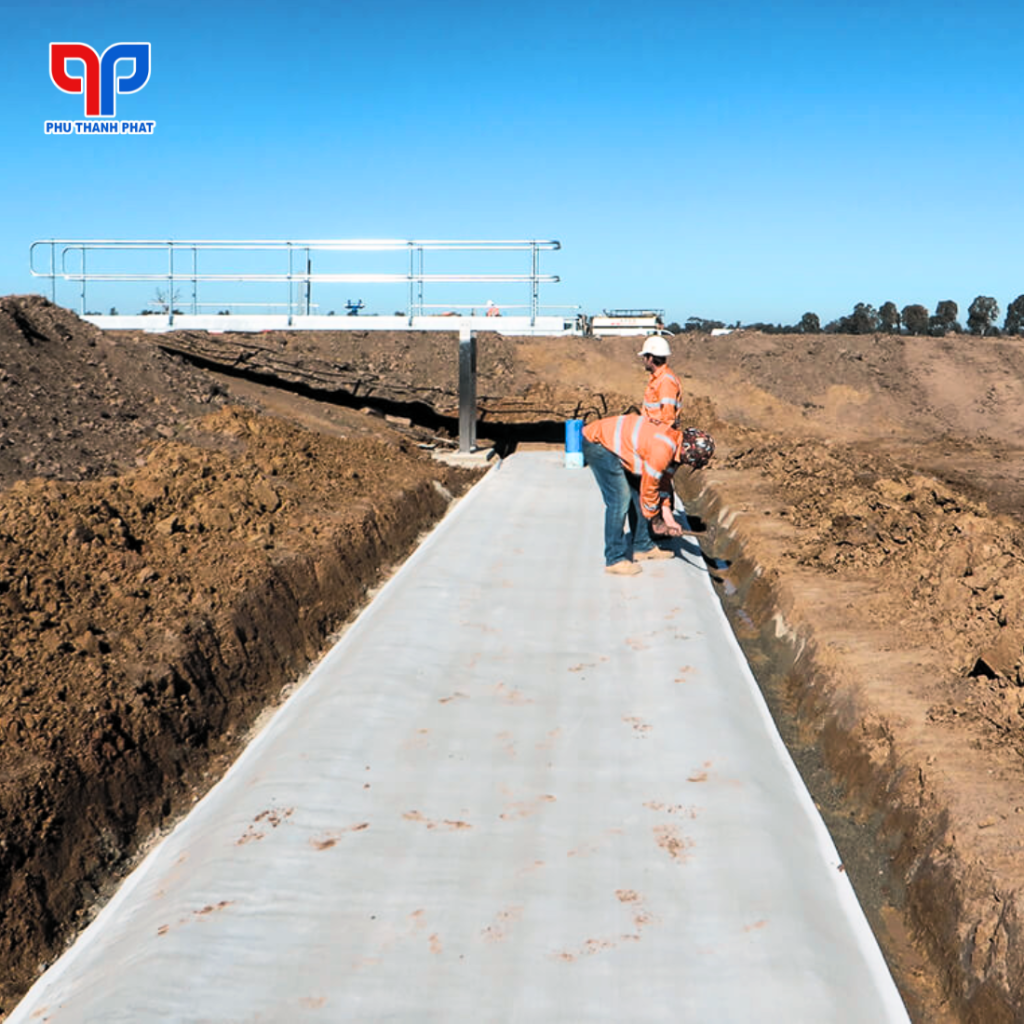
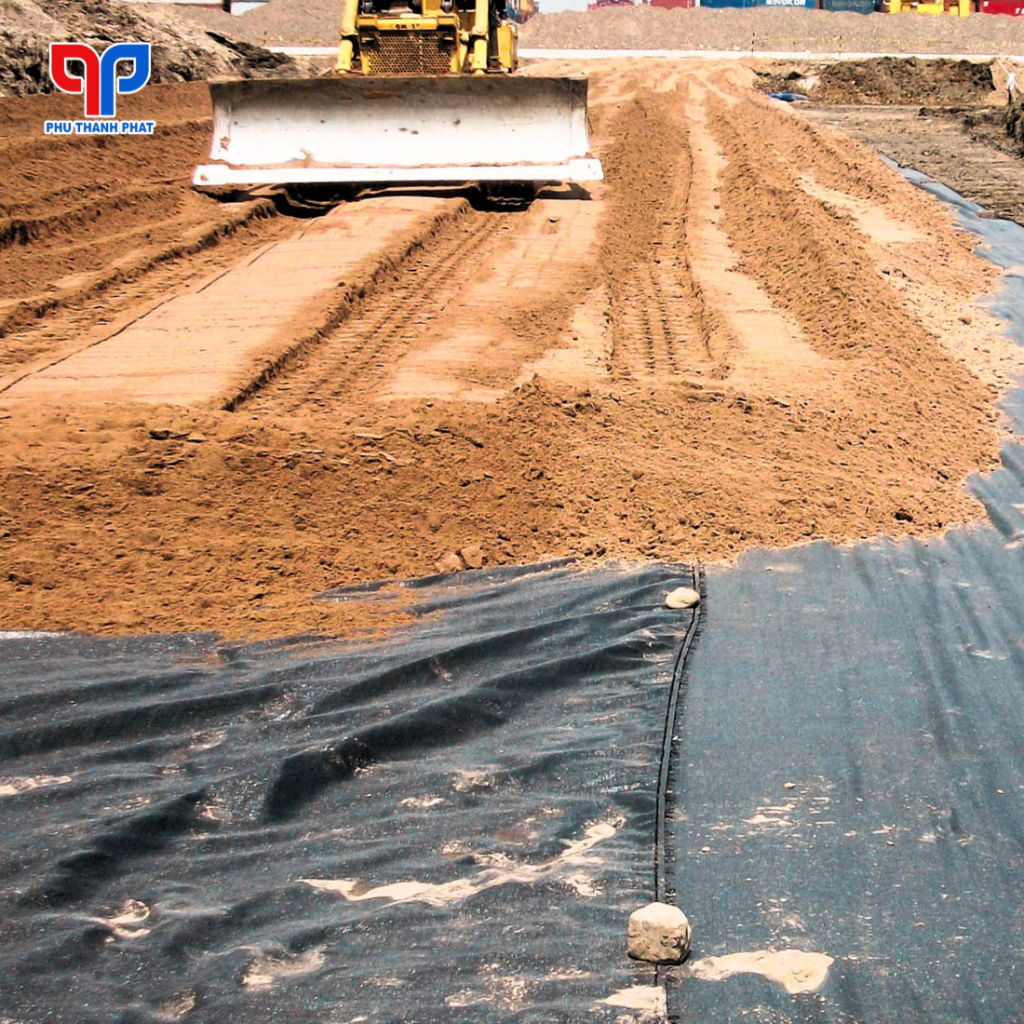
Geotextiles have two main categories: Woven Geotextiles and Non-woven Geotextiles. Also, there is a less common type called Composite Geotextiles.
Woven geotextiles, also known as reinforcing geotextiles, are materials made from high-strength virgin Polyester polymer fibers. These fibers are interlaced by weaving, forming a fabric with tight and uniform interlocking structures. The fabric exhibits high mechanical strength, excellent load-bearing capacity, and is particularly notable for its reinforcing function, primarily used in projects involving increased loads and the restoration of weak soil foundations.

Woven geotextiles have tensile strength in two directions (longitudinal and transverse) with corresponding different strength parameters. Depending on design requirements, appropriate fabric parameters are selected. Currently, GT woven geotextiles are the most commonly used geotextiles in the market, offering competitive quality and price. Some types of GT woven geotextiles with common strength parameters:
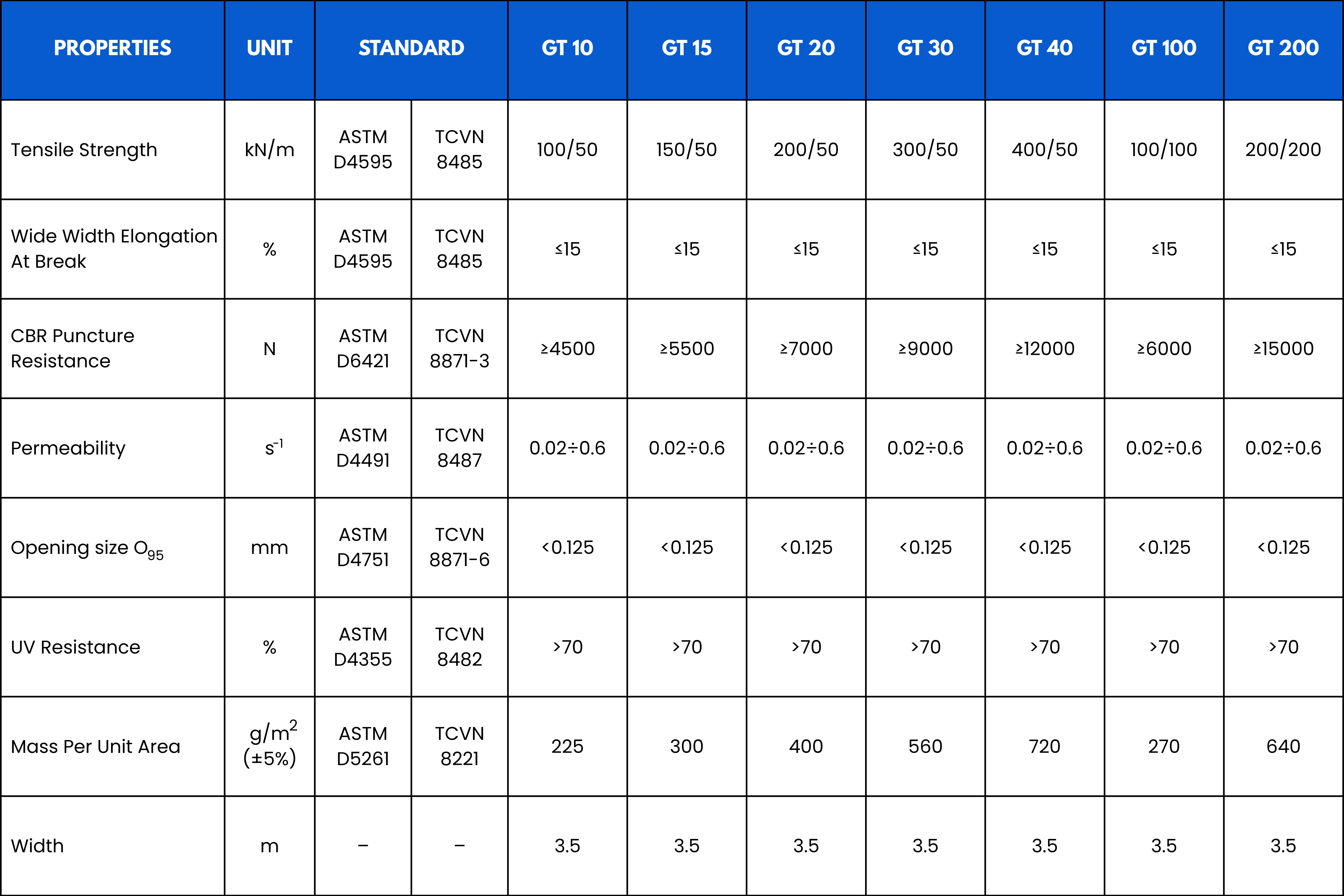
Non-woven geotextiles are fabrics made from short or continuous Polypropylene polymer fibers through needle punching or thermal bonding, forming a fabric with strong bonds, high strength, and the ability to protect, reinforce, and most notably, filter, separate, and drain water.

Non-woven geotextiles offer a wide range of parameters, meeting all design requirements of each project. Depending on the intended use, appropriate fabric parameters are selected. PR non-woven geotextiles are products with diverse parameters, meeting most design requirements for various projects, with three types: general PR geotextiles, PR type D geotextiles, and PR project geotextiles. Some typical parameters of PR non-woven geotextiles:
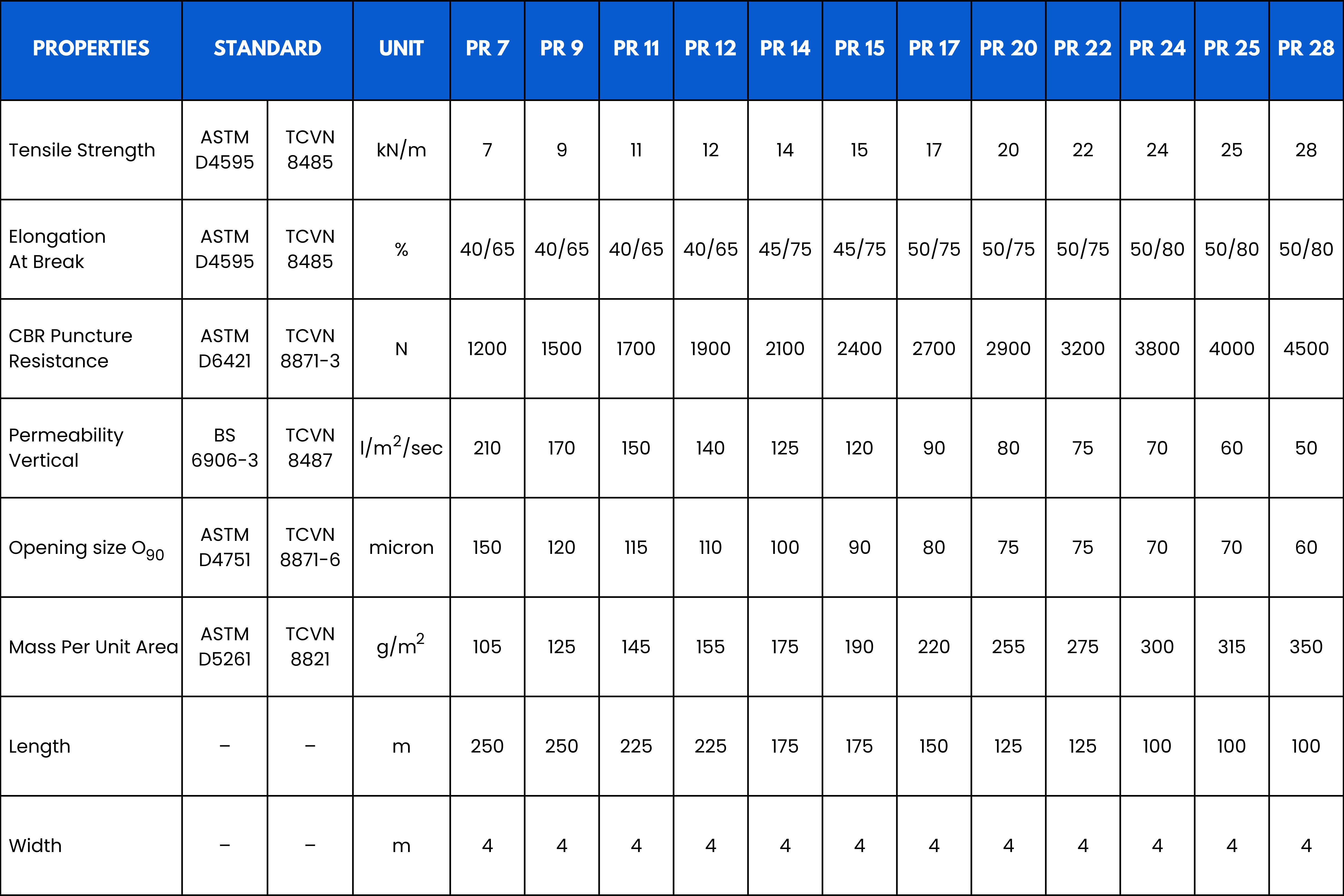
Composite geotextiles are a special type of geotechnical material, composed of woven and non-woven geotextiles. The load-bearing fiber bundles of woven geotextiles are sewn onto the surface of non-woven geotextiles, creating a product that combines the advantages of both woven and non-woven geotextiles. Composite geotextiles have superior properties, meeting many stringent technical requirements in construction and geotechnical projects.
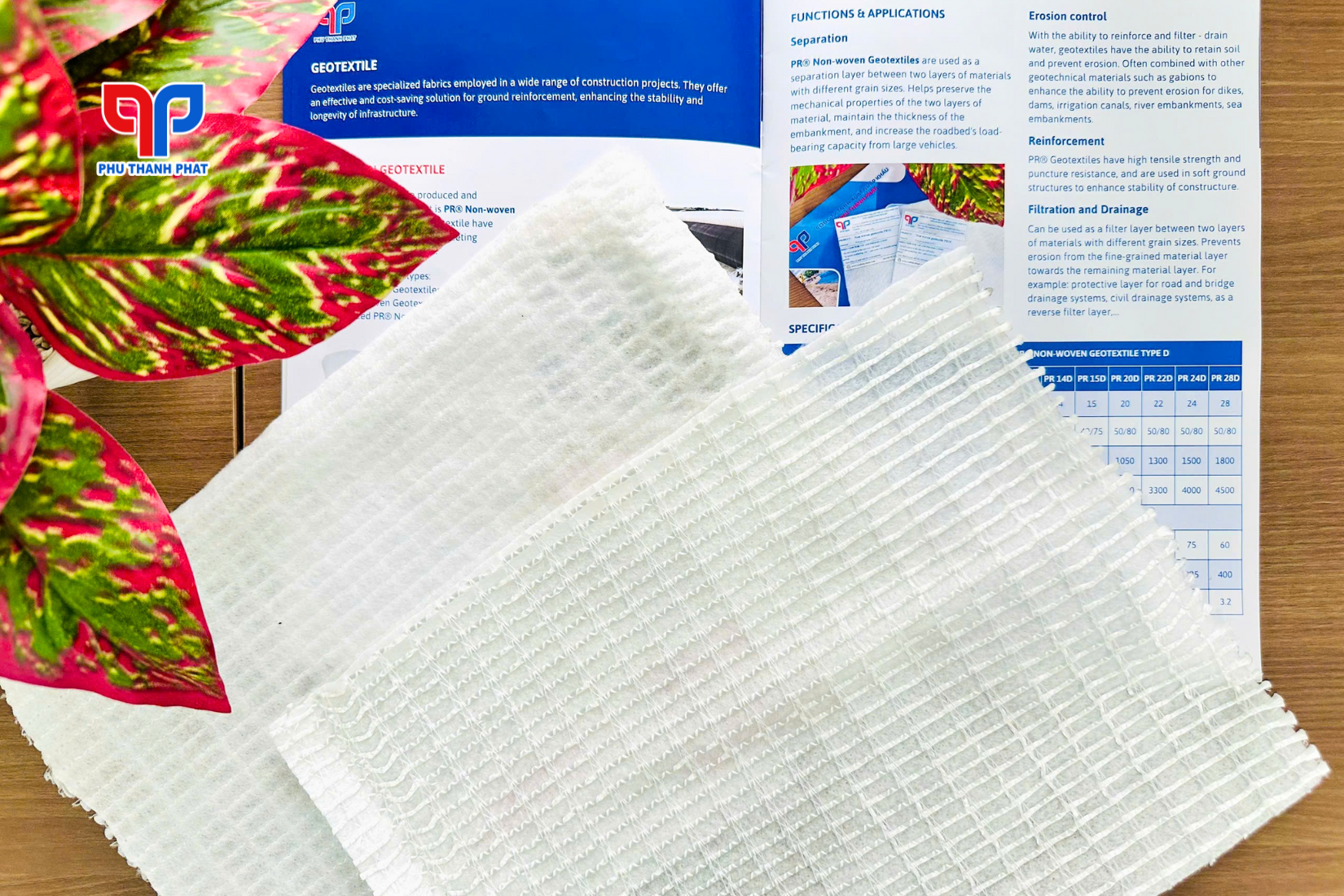
Composite geotextiles exhibit high mechanical strength, excellent load-bearing capacity. Helping effectively function as separators, filters, and water drainage systems. Composite Geotextile prevent erosion and landslides in projects, adapt to various terrain and environmental conditions and meet diverse application needs in many fields.
Engineers use geotextiles to restore and reinforce structures. They separate weak soil layers, like mud, sand, clay, and alluvium, from fill materials, such as soil, rock, sand, and concrete. Geotextiles also reinforce slopes to prevent landslides and slips. This stabilization of the fill material prevents it from being affected by other forces or dynamic loads from vehicles moving above it. Without this stabilization, subsidence or landslides could occur, particularly in projects like bridges, culverts, roads, and urban areas.
Geotextiles have excellent tensile strength, puncture resistance, and high stress capacity. Additionally, geotextiles are environmentally durable and provide rapid water drainage. When used in combination with other geotechnical materials such as gabions, reno mattresses, and geogrids, they create an extremely effective erosion control barrier. People widely use them in dike, dam, irrigation canal, riverbank, and coastal revetment projects, etc.
Geotextiles effectively filter and drain water between two material layers through the fabric surface. They prevent the ingress of small and fine material particles such as sand, gravel, and fine dust, helping to avoid mixing and erosion between the two material layers, preserving the mechanical and physical functions of the soil foundation and fill layer. They are the preferred choice in drainage projects such as dikes, dams, irrigation canals, riverbank, and coastal revetments, etc.
Geotextiles, particularly because they can drain water, are also used a lot in agricultural cultivation and irrigation projects. People even use them for planting decorative trees and landscaping.
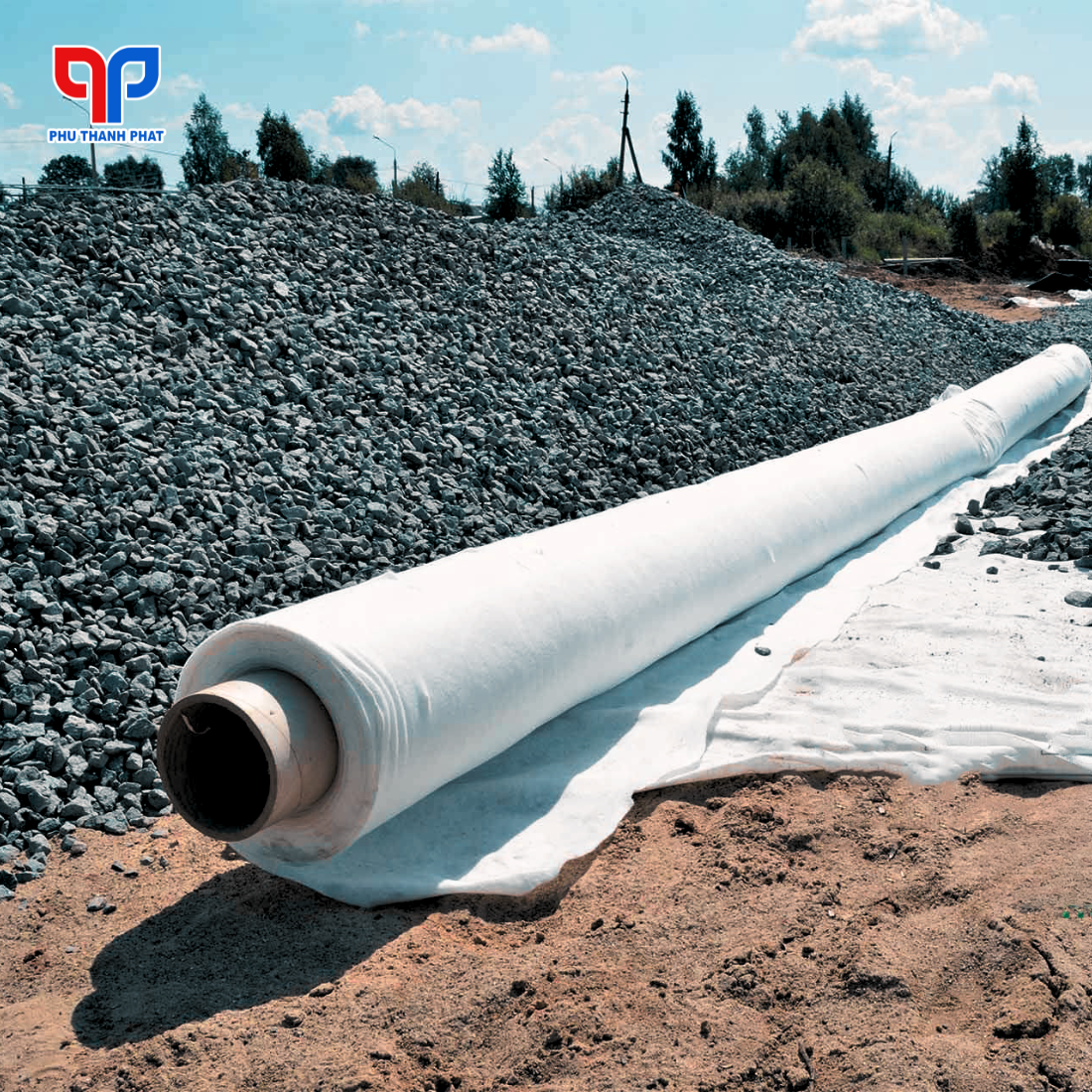
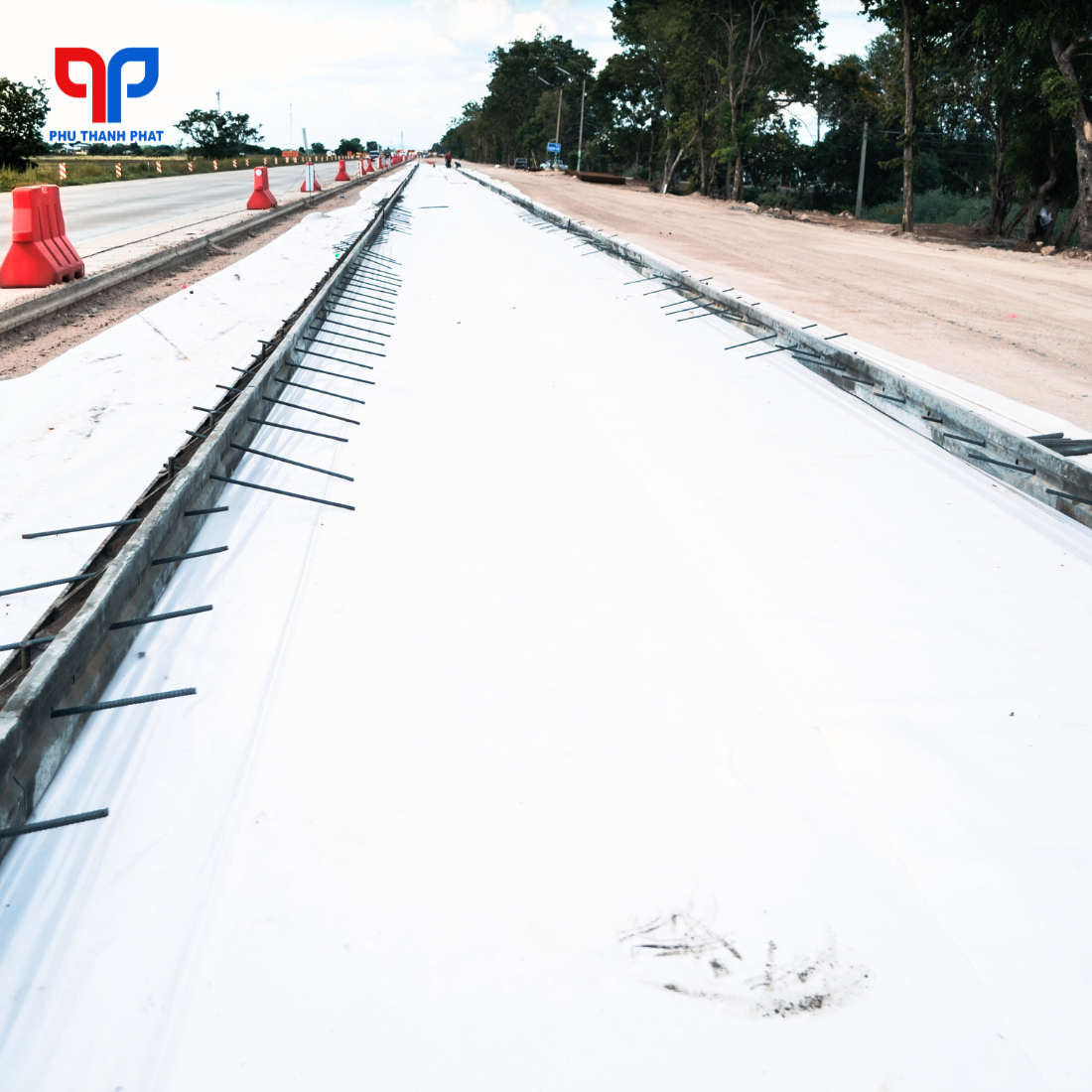
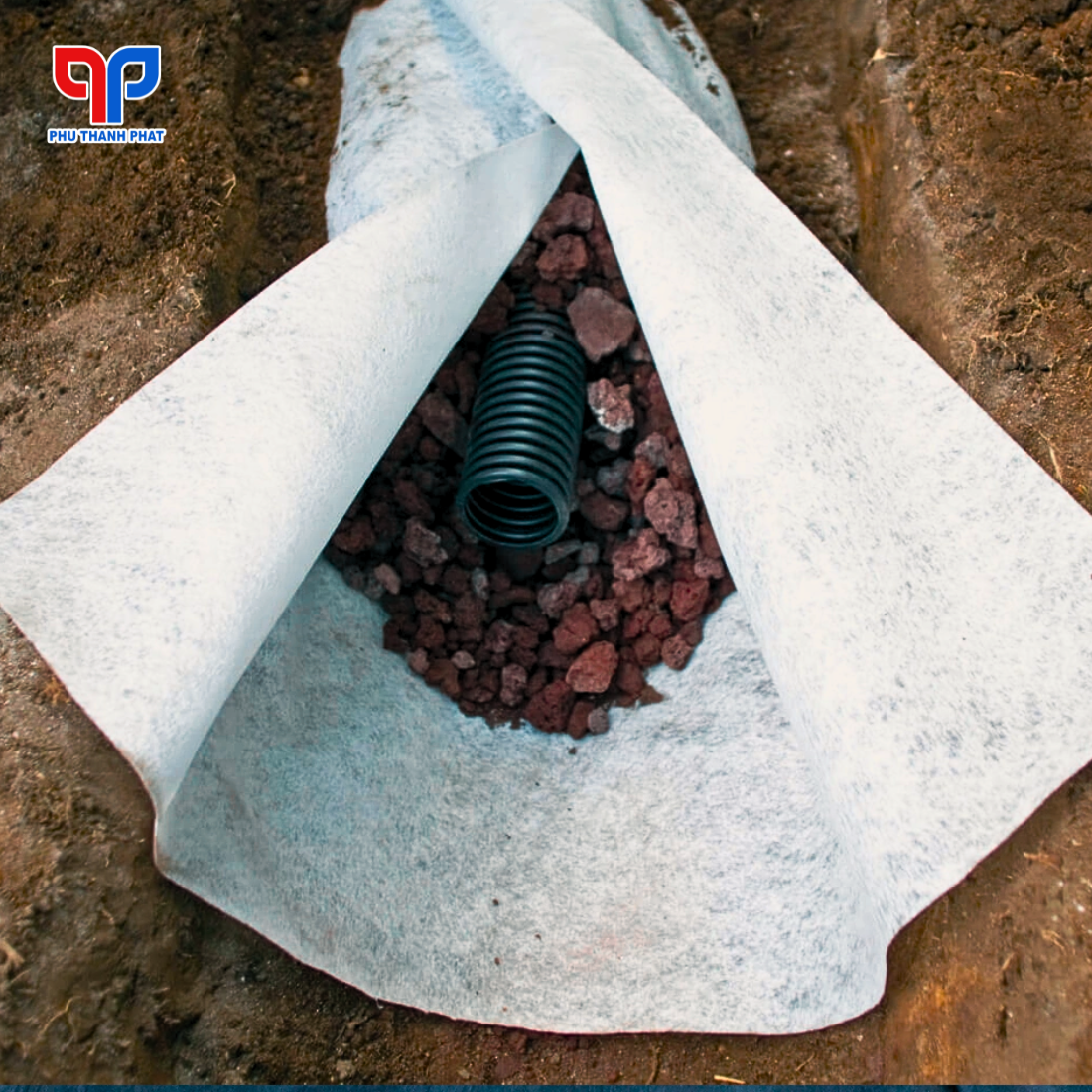
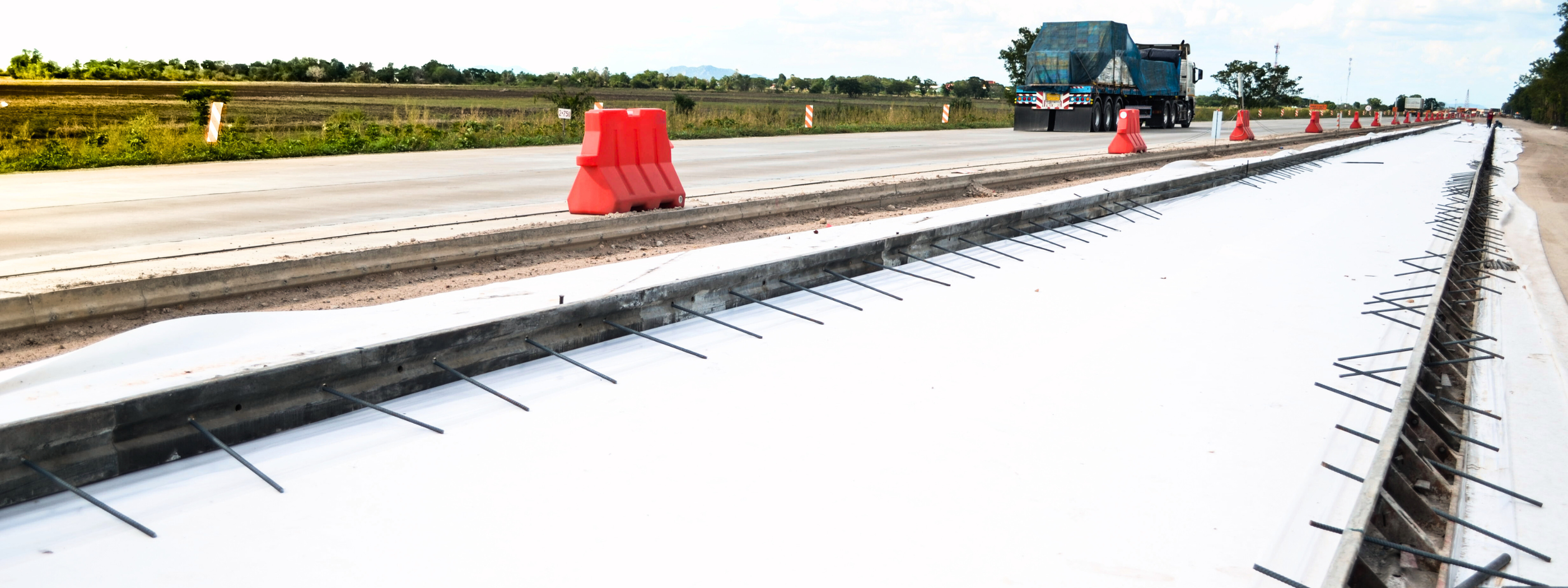
With modern production line technology, the factory has the largest production capacity in Vietnam. Its supply capability meets the demands of hundreds of projects of various sizes.
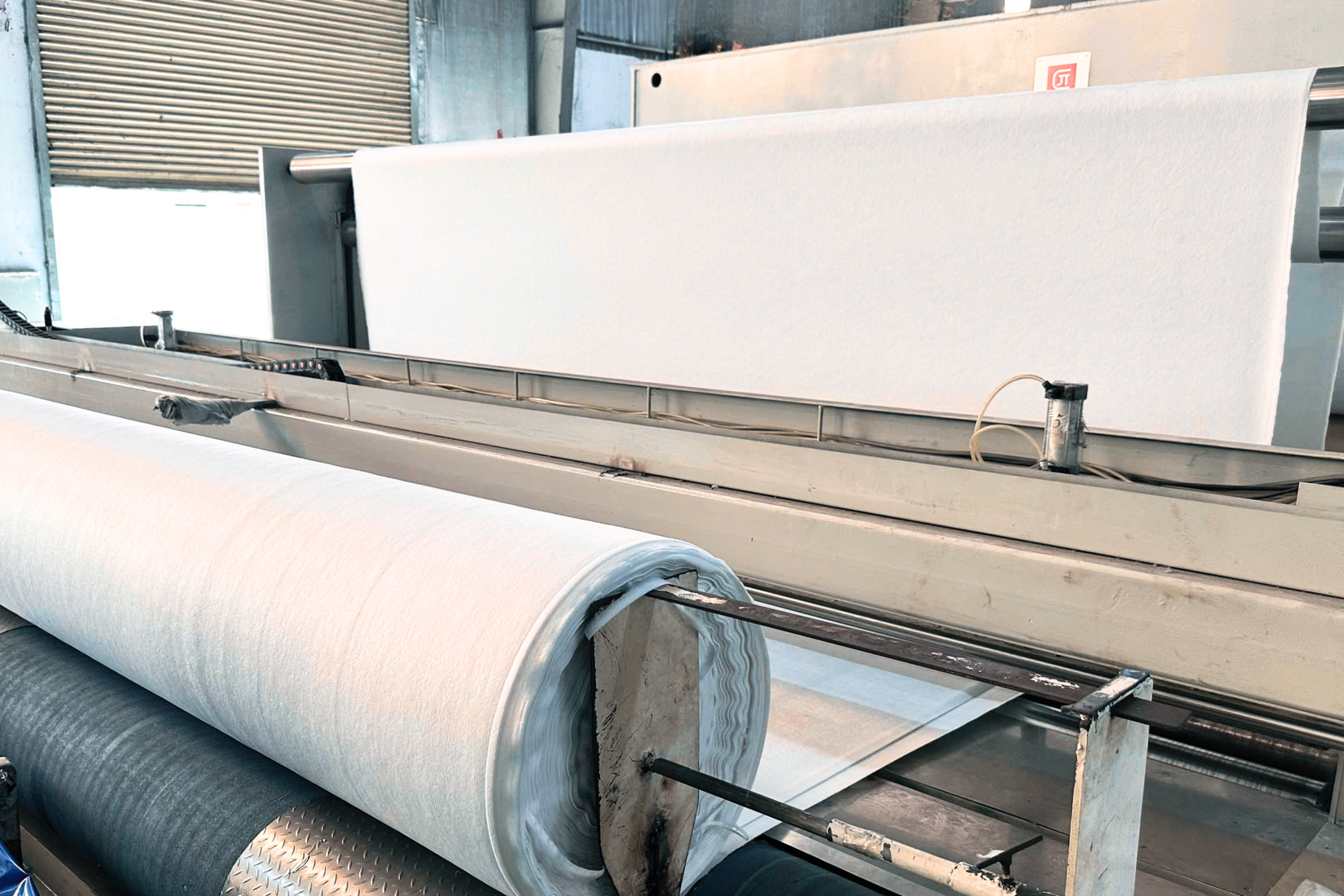
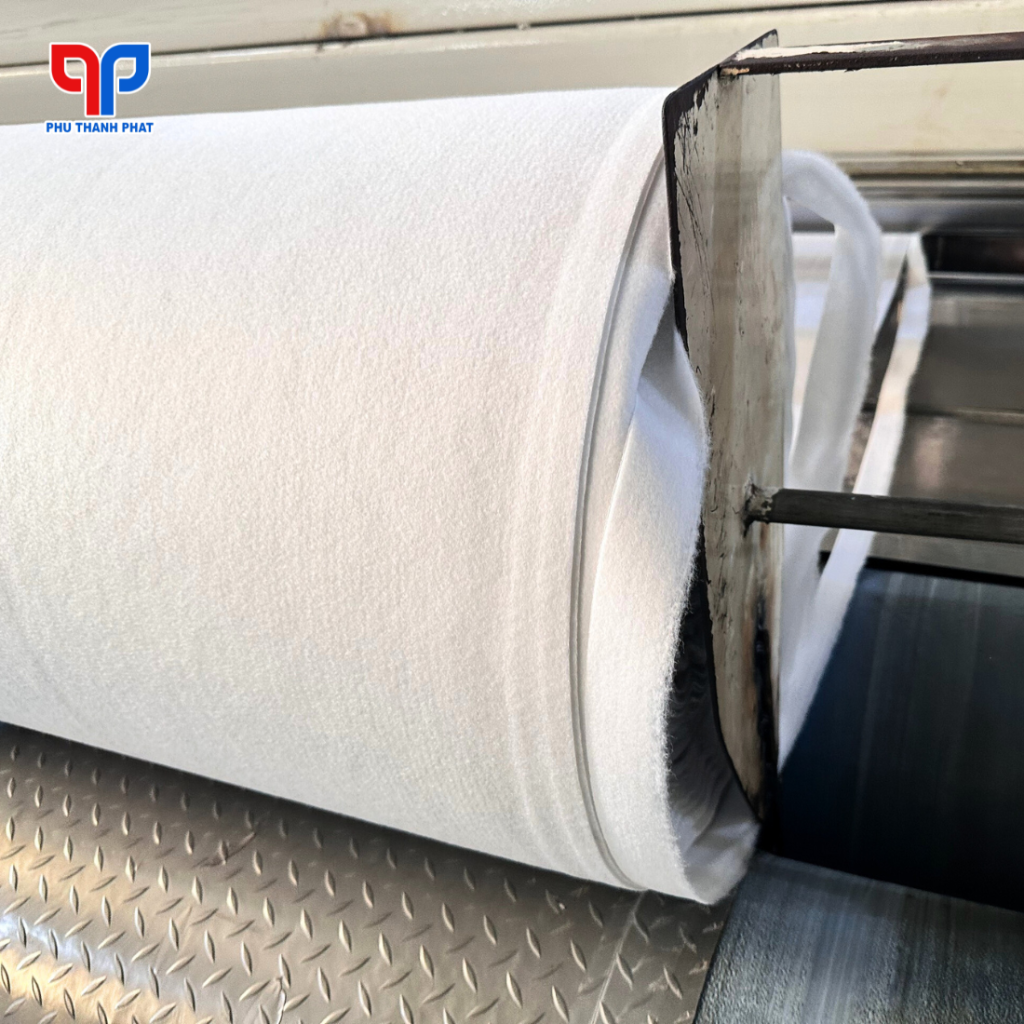
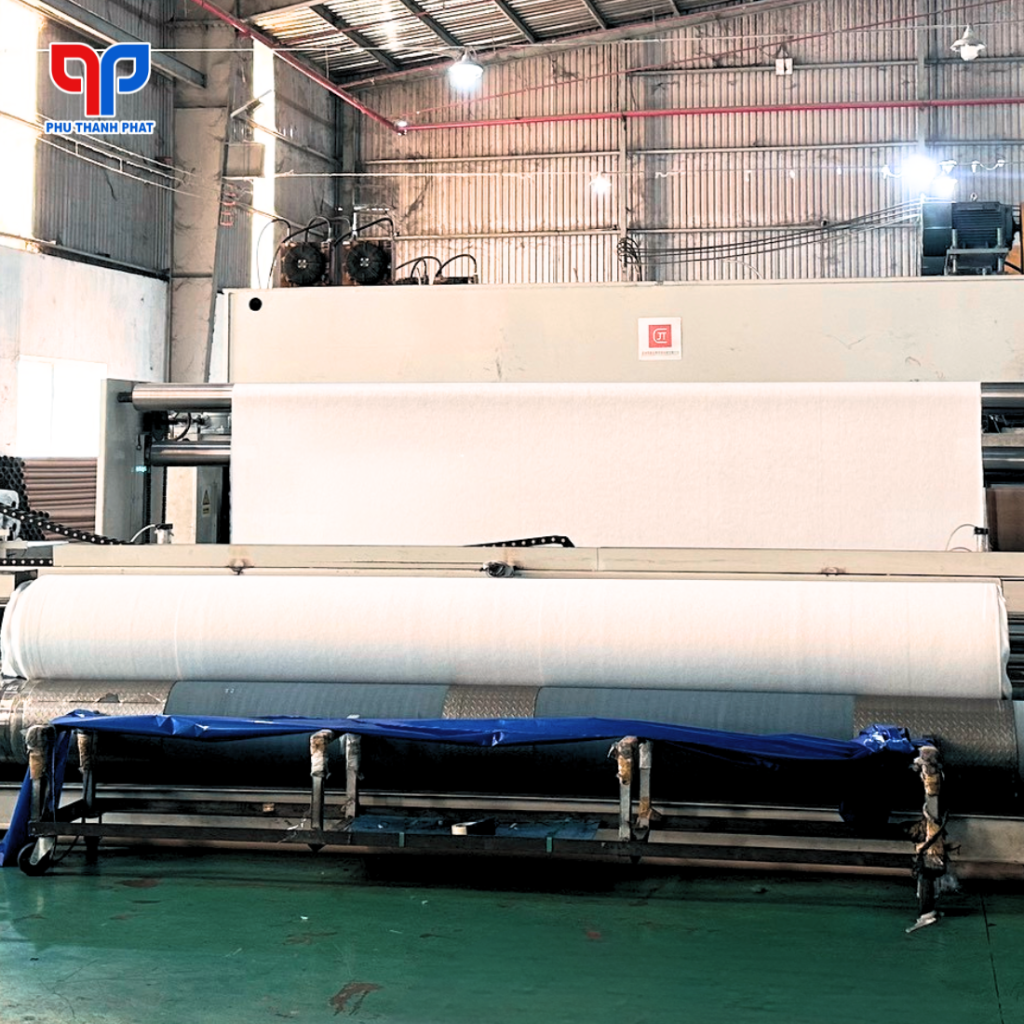
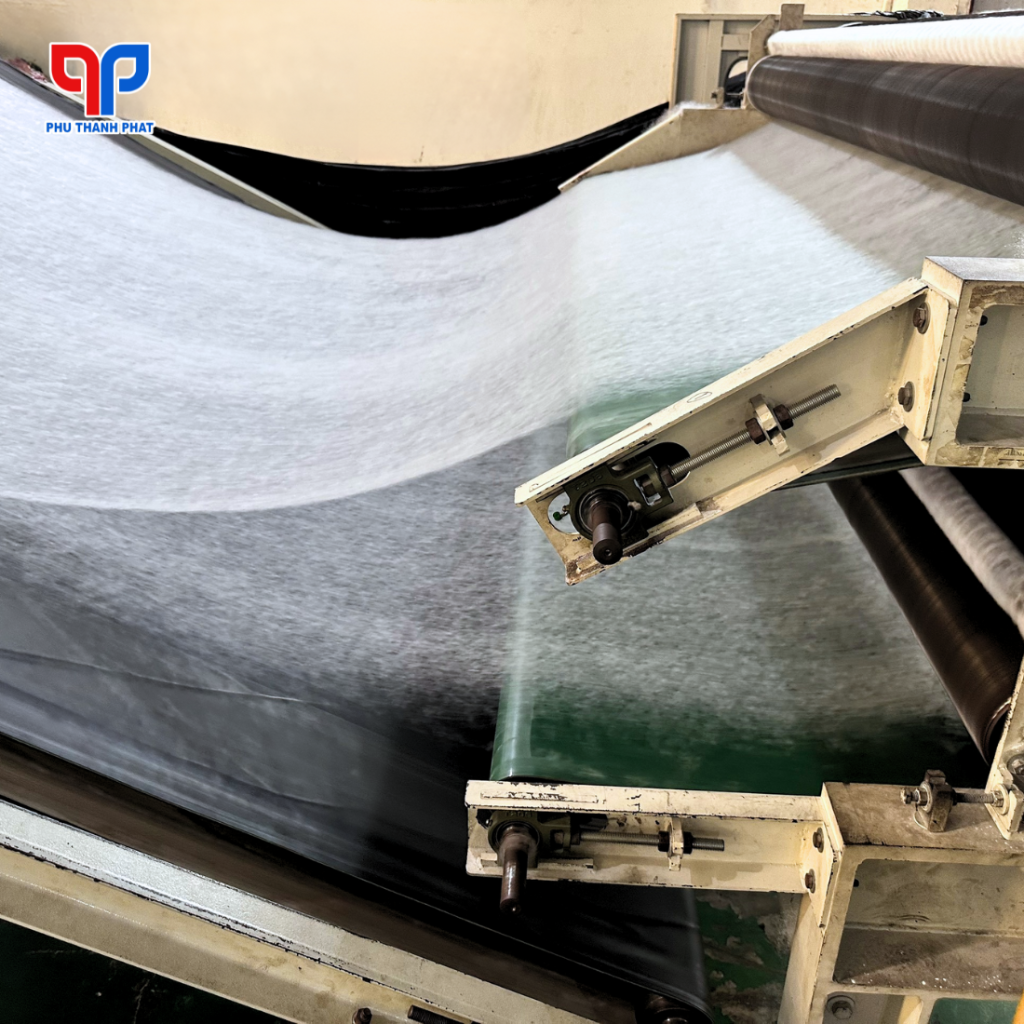

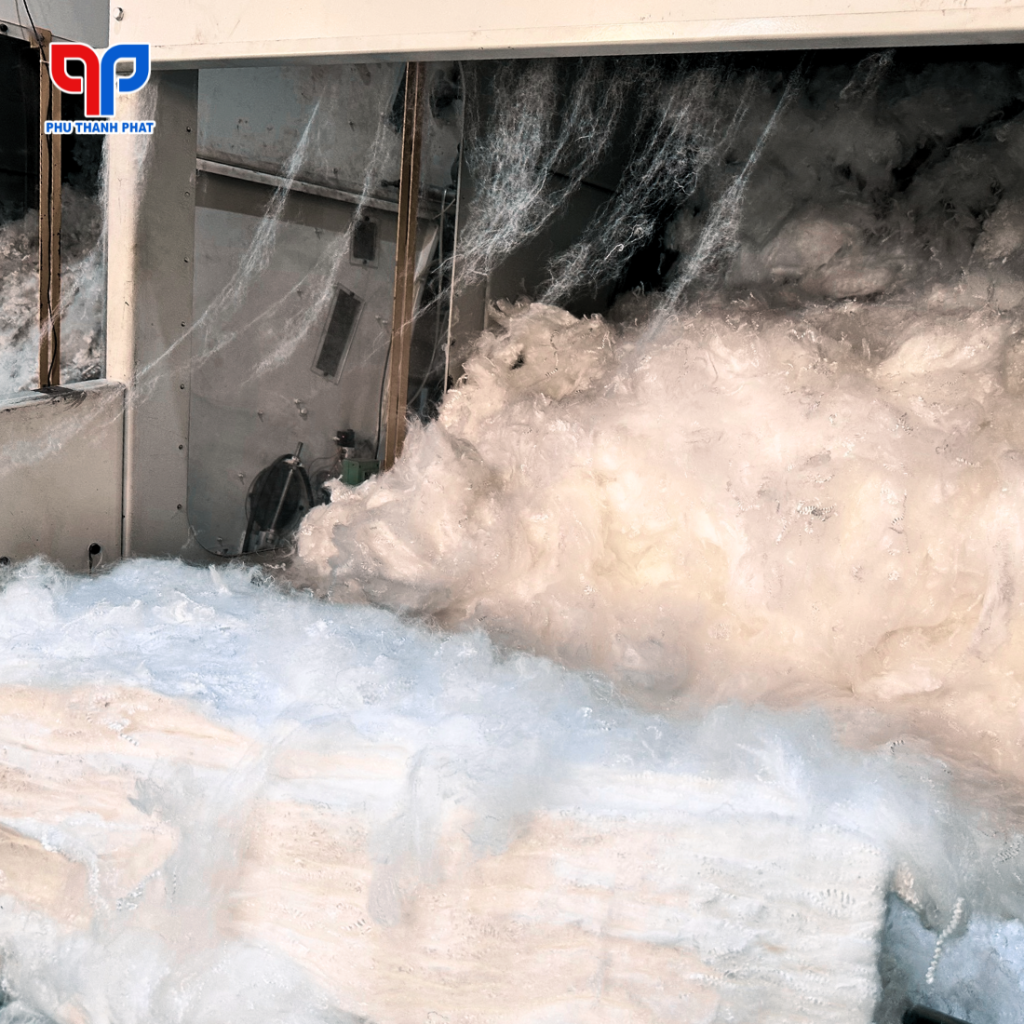
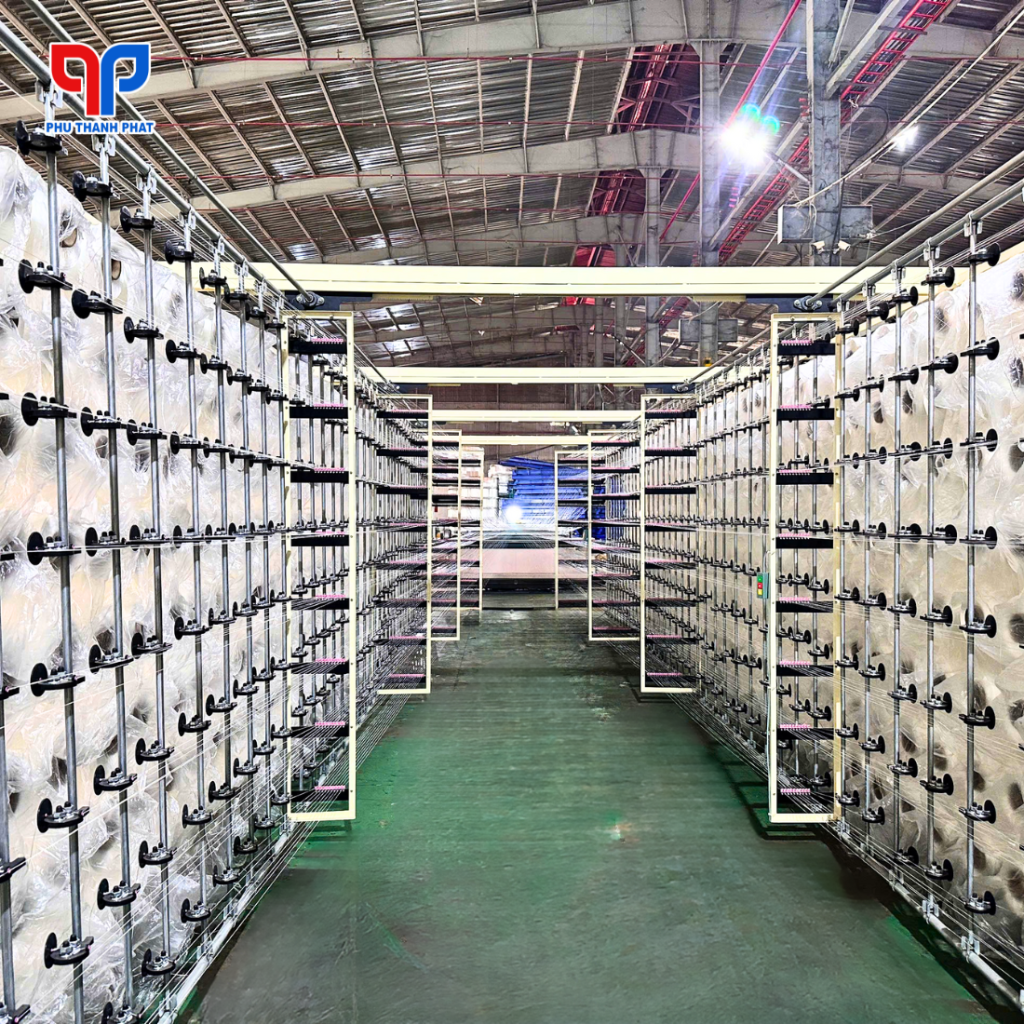
Phu Thanh Phat specializes in providing reputable and high-quality geotextiles, leading in Vietnam. Phu Thanh Phat’s geotextile products have been serving hundreds of key projects in Vietnam: Long Dien District People’s Court office building project, Ba Ria; Long Thanh High-Tech Industrial Park Project; Nha Mat support pillar dam project, Bac Lieu; Phu Thanh waste treatment area project, An Giang, etc.
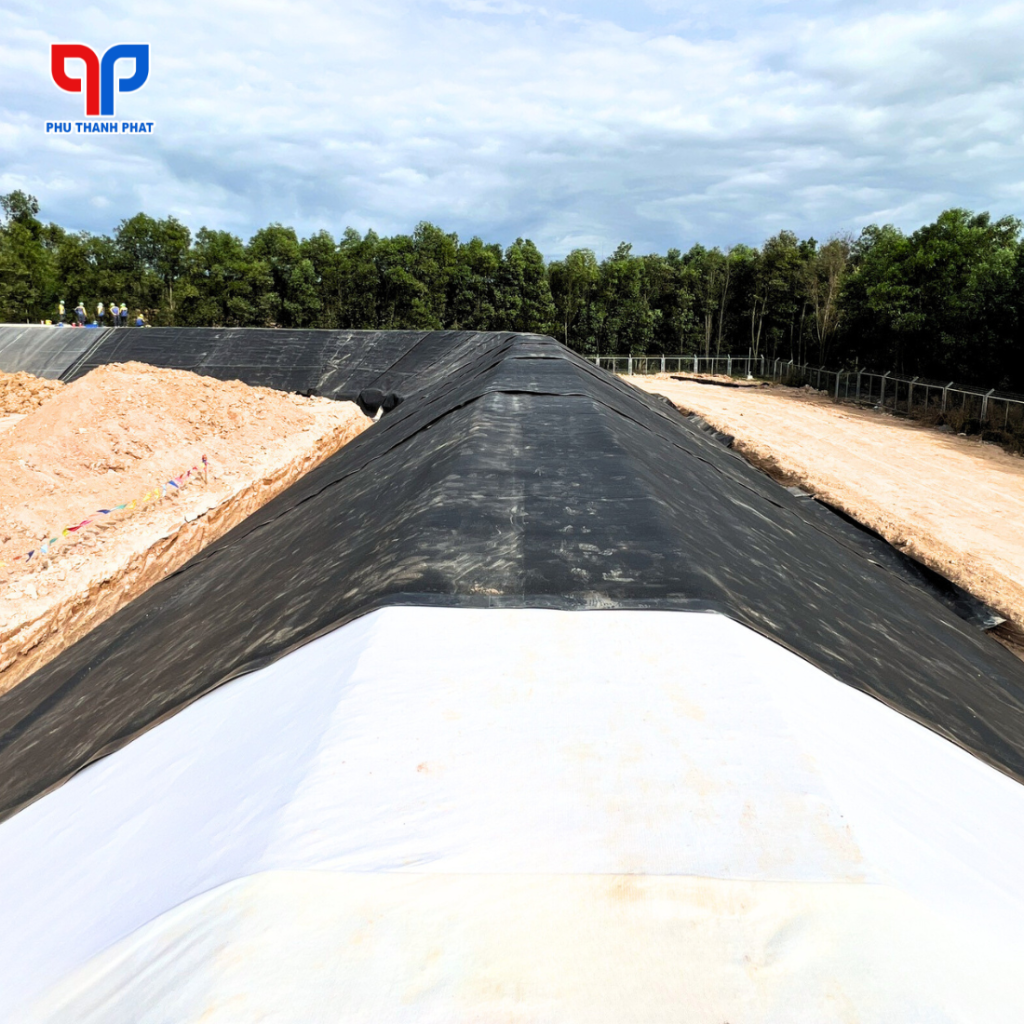
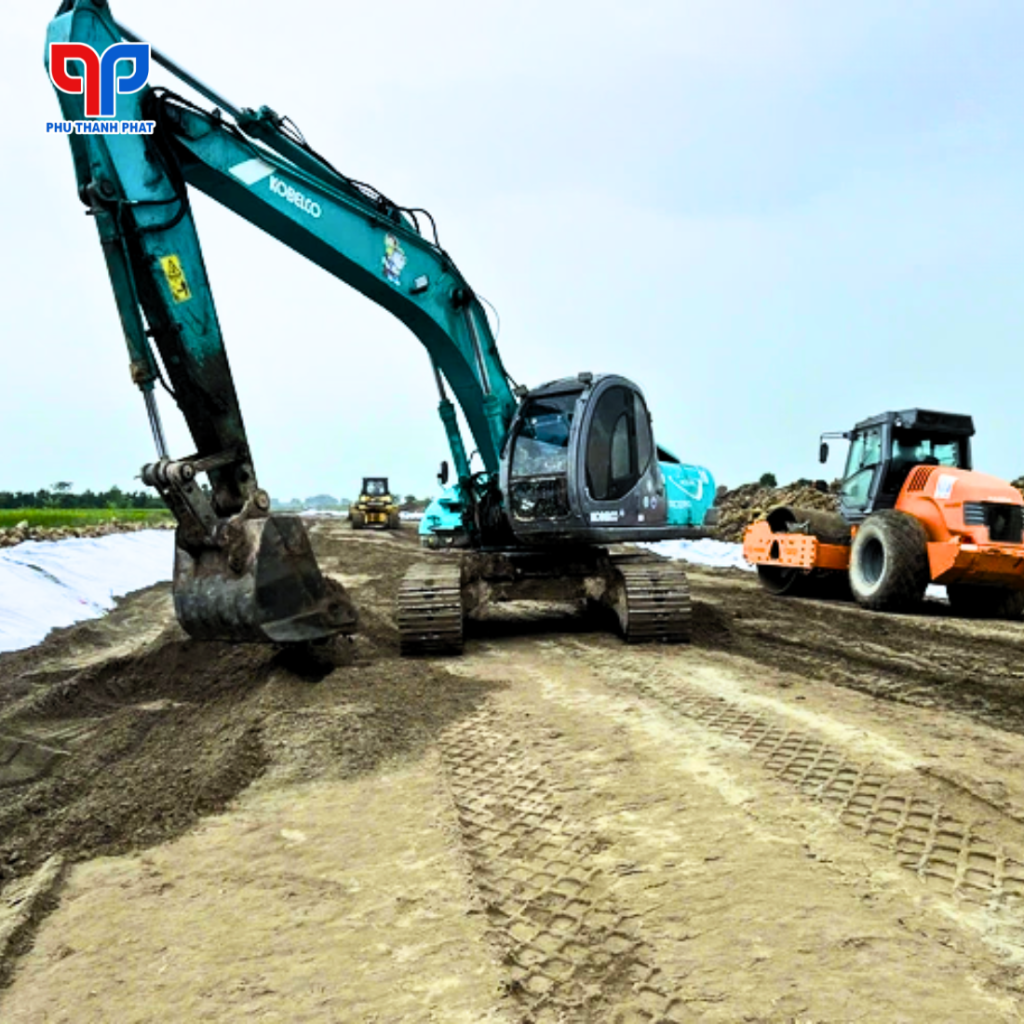
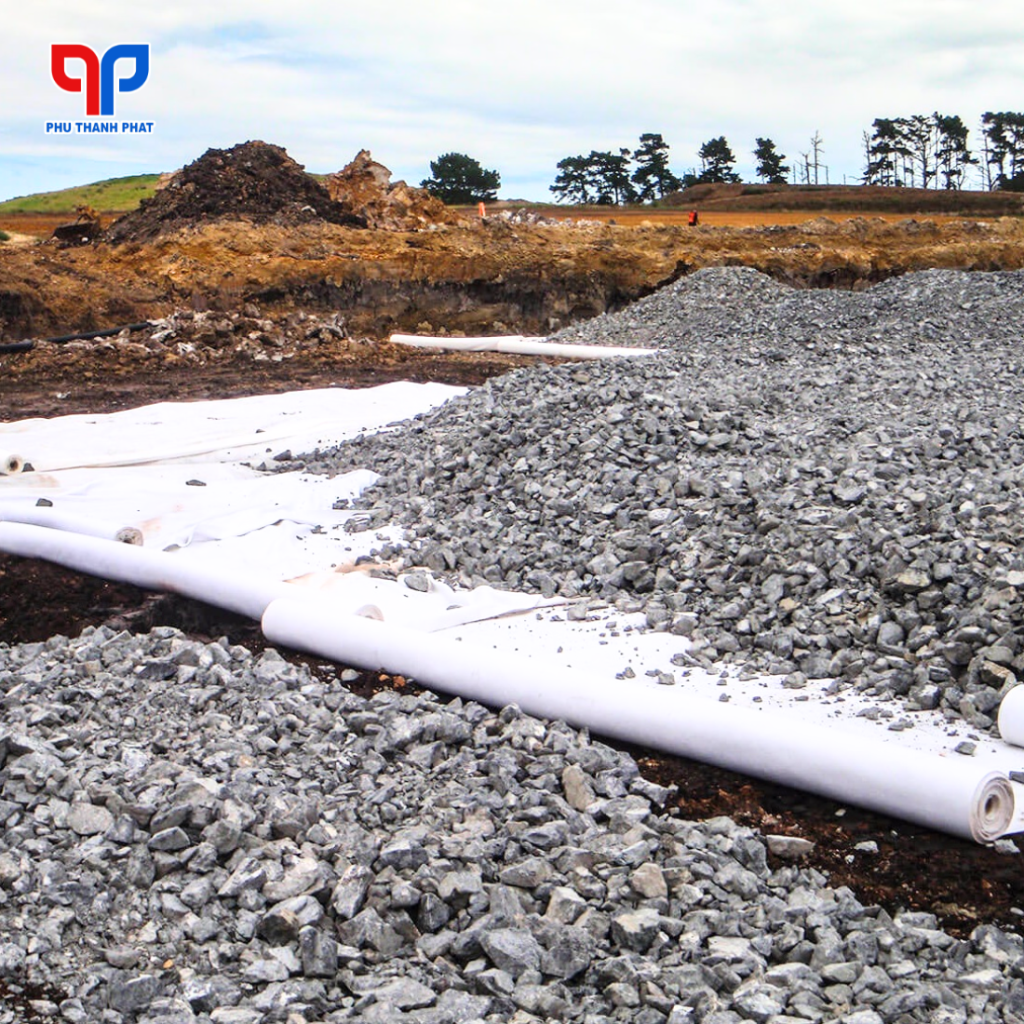
If you need product consultation, please contact us now

Products are competitively priced, with various attractive discounts suitable for each order quantity, optimizing material budgets and providing economic benefits.

Products meet quality standards according to current international standards such as ASTM, BSI, etc., satisfying diverse design requirements for each project.

The largest production capacity in Vietnam. The factory capacity meets material output for projects of various scales.